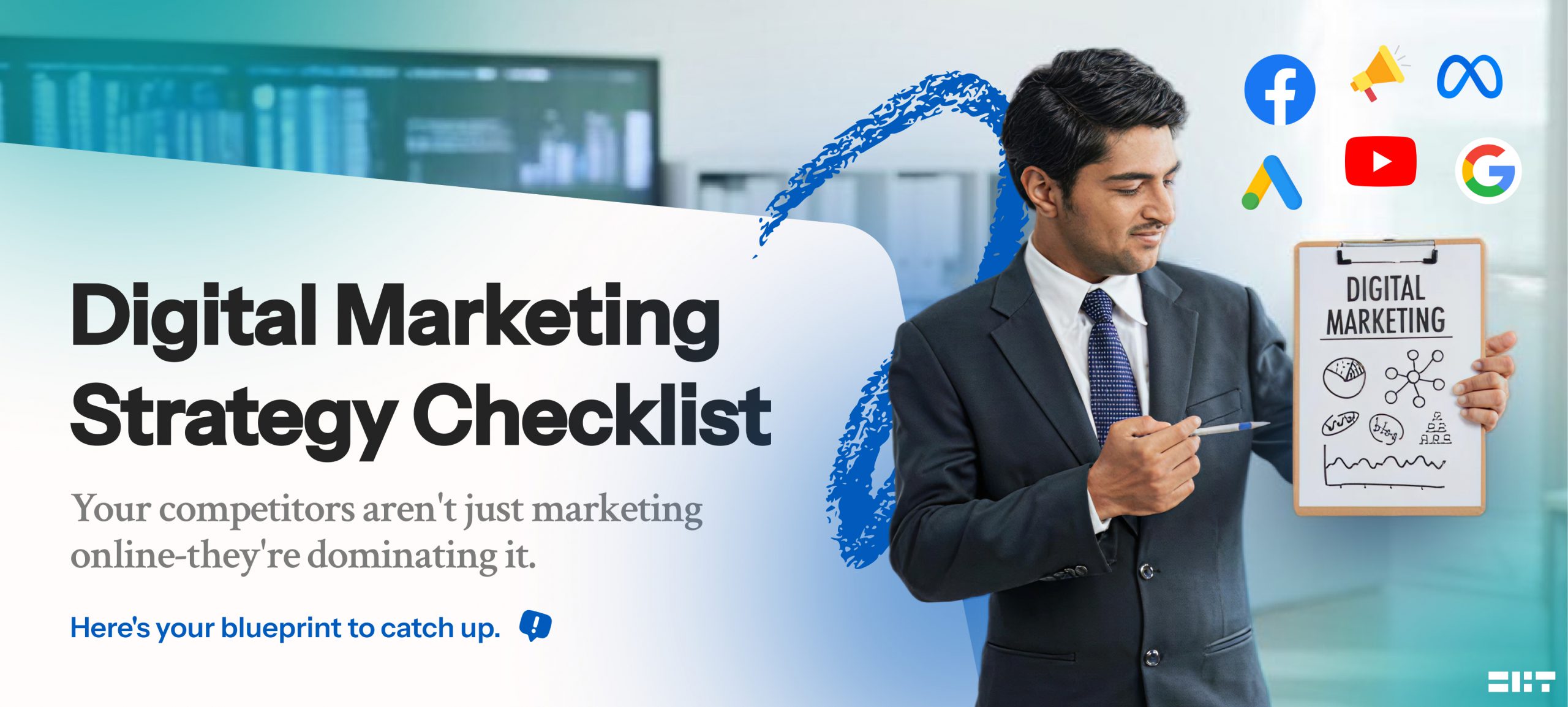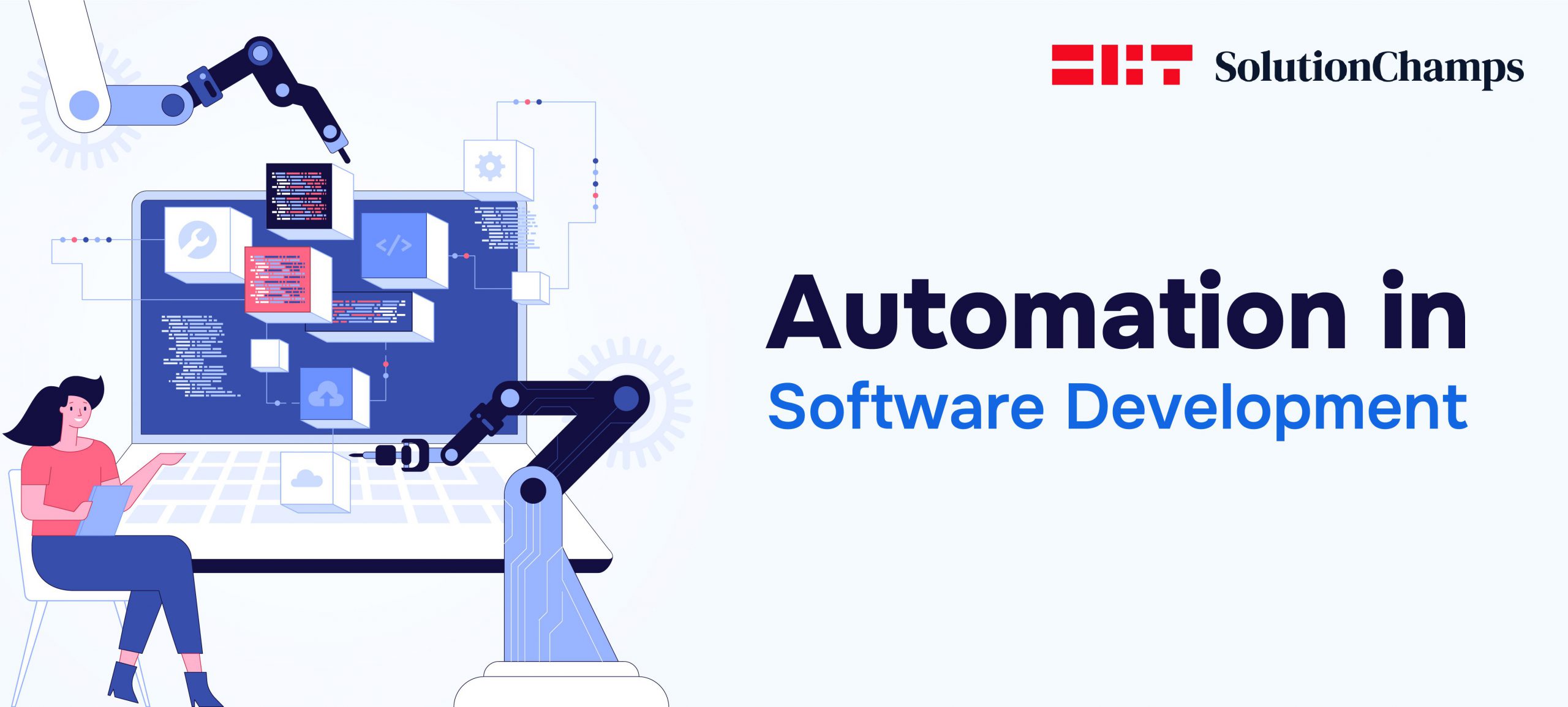Your competitors aren’t just marketing online – they’re dominating it. Here’s your blueprint to catch up.
The digital advertising market is projected to reach $1.5 trillion by 2030, yet 38% of companies still lack a documented digital marketing strategy. Is your organization ready to capitalize on this growth?
Overview
The Strategic Digital Marketing Checklist
1. Search Engine Optimization (SEO) – Your Digital Real Estate
Think of SEO as prime real estate on the internet. The top spot on Google? It captures 31.7% of all clicks. That’s nearly one in three potential customers coming to you instead of your competitor.
Here’s what most CEOs miss: SEO isn’t about stuffing keywords into web pages anymore. It’s about building digital authority that compounds over time.
What You Need to Know:
Search engines drive 93% of website traffic. If you’re not showing up in search results, you’re invisible to most of your potential customers. And with 63% of web traffic now coming from mobile devices, your mobile experience isn’t optional—it’s essential.
What You Should Do:
Evaluate your current SEO investment and performance. Companies that treat SEO as strategic infrastructure rather than a one-time project see significantly better returns. Consider allocating consistent resources to SEO. Organizations investing regularly in optimization and measurement demonstrate higher customer acquisition rates than those relying solely on paid channels.
2. Content Marketing – Building Trust Before the Sale
Content marketing is valued at $94 billion globally. But here’s what that number doesn’t tell you: most of it is noise.
Your customers don’t want more content. They want answers. They want insights. They want to know you understand their problems before you pitch your solution.
The Reality Check:
- Content paired with relevant images gets 94% more views than text alone. Video content can increase conversions by up to 80%. But these statistics only matter if your content resonates with your audience.
- The best content marketing doesn’t feel like marketing at all. It educates, entertains, or enlightens and only then does it sell.
Think about it this way: every piece of content is either building trust or wasting bandwidth. Which one are you creating?
What You Should Do:
Review your content strategy with this lens: Does each piece serve a clear purpose in your customer journey? Are you addressing real pain points or just creating content for content’s sake?
Focus on quality and relevance over volume. The most effective content provides genuine value first, then naturally leads prospects toward your solutions.
3. Pay-Per-Click (PPC)—Your Fast Lane to Visibility
PPC is speed. While SEO builds your long-term presence, PPC puts you at the top of search results today.
Here’s something fascinating: 50% of users can’t tell the difference between paid ads and organic results. That means if you’re only focusing on one, you’re missing significant opportunities.
What You Need to Know:
PPC generates twice the visitors compared to SEO alone, making it essential for time-sensitive campaigns or new product launches. The average cost per action is $49 for paid search and $75 for display ads.
For strategic decision-making, this means understanding acceptable customer acquisition costs and ensuring PPC investments align with customer lifetime value.
What You Should Do:
Establish clear metrics connecting your PPC investment to business outcomes. What’s your cost per acquisition? How does it compare to your customer lifetime value?
Ensure your team has regular optimization protocols. Many companies haven’t reviewed their ad campaigns in over a month—monthly reviews should be standard practice to maximize return on ad spend.
4. Artificial Intelligence: Your Competitive Edge
88% of marketers use AI in their daily operations, and 94% report that AI tools helped grow revenue in the past year.
AI isn’t replacing marketers. It’s amplifying them. It’s making the smart ones faster, more accurate, and more effective.
What You Need to Know:
AI enables a 30% improvement in search engine rankings within six months when properly integrated into SEO strategies. It’s becoming standard practice for personalization and competitive positioning.
The strategic implication: AI isn’t just about automation—it’s about competitive advantage. Companies that embrace AI-driven marketing insights can make faster, more accurate decisions about customer behaviour, content strategy, and resource allocation.
What You Should Do:
Allocate dedicated budgets for AI tools. Over 90% of marketers plan specific AI budgets in 2025, with most increasing investment year-over-year.
Start with areas where AI can deliver immediate impact—customer segmentation, content personalization, or campaign optimization. You don’t need to transform everything overnight, but you do need to begin building AI capabilities.
5. Mobile-First Strategy – Meeting Customers Where They Are
Mobile isn’t an alternative channel—it’s the primary way most customers interact with your brand. In the United States alone, $511.8 billion in retail e-commerce came from mobile devices. That’s more than half of all digital commerce.
The Reality:
If your website loads slowly on mobile, you’ve lost customers. If your checkout process requires zooming and pinching, you’ve lost them twice. Mobile optimization directly impacts your search rankings, your conversion rates, and your bottom line.
Google’s mobile-first indexing means your mobile experience fundamentally influences your search rankings. Additionally, 85% of adults expect your mobile website to match or exceed your desktop experience.
What You Should Do:
Conduct a genuine mobile experience audit. Better yet, try to complete a purchase on your own mobile site. The friction points you discover are costing you customers every day.
Mobile-first means more than responsive design—it means rethinking your entire customer experience for mobile contexts. Navigation, forms, checkout processes—everything should be optimized for mobile users first.
6. Data Analytics – Making Decisions Based on Reality, Not Assumptions
While 40% of marketers struggle to prove marketing ROI, the organizations that excel at analytics make better decisions, optimize more effectively, and demonstrate clear business impact. The difference often comes down to measurement discipline.
What Great Analytics Looks Like:
Effective analytics goes beyond tracking metrics—it connects marketing activities to business outcomes. Conversion rates matter, but they need context:
- Are you converting the right customers?
- With profitable lifetime value?
The challenge many organizations face is fragmentation. When marketing, sales, and leadership teams look at different dashboards, you’re not making decisions—you’re negotiating between conflicting data. This is why 77% of marketers cite organizational silos as a barrier to effective strategy.
What You Should Do:
Create a single source of truth for your marketing data. Establish clear KPIs that everyone agrees on and ensure all teams can access the same information.
Focus on metrics that matter to your business, not just marketing vanity metrics. If you can’t draw a clear line from a metric to revenue impact, question whether you should be tracking it at all.
From Checklist to Execution
Having a checklist is valuable, but execution separates industry leaders from followers. Here’s how to operationalize these strategies:
- Break Down Silos
- Digital marketing touches every customer-facing function in your organization. When marketing, sales, product, and customer success teams operate in silos, your strategy can’t reach its full potential. Create regular touchpoints and shared goals across these functions.
- Invest in Integration, Not Just Tools
- The average company allocates about 25% of their marketing budget to technology. But more tools don’t automatically mean better results. Focus on platforms that integrate seamlessly and provide actionable insights, not just data collection.
- Build or Partner for Specialized Expertise
- Digital marketing encompasses diverse specializations from SEO to paid media to content strategy. Evaluate whether to build internal capabilities or partner with specialized agencies based on your organization’s growth stage and strategic priorities.
The Bottom Line
The digital marketing landscape isn’t getting simpler. It’s getting more competitive, more sophisticated, and more expensive for those who approach it reactively.
But here’s the opportunity: while 38% of companies are still figuring out their strategy, you can be documenting yours. While competitors are reviewing their ad campaigns quarterly, you can optimize monthly. While others are debating AI adoption, you can be seeing results.
The companies winning in digital marketing aren’t necessarily the ones with the biggest budgets. They’re the ones with the clearest strategies, the most disciplined execution, and the willingness to adapt as the landscape evolves.
Ready to build a digital marketing strategy that drives results?
At SolutionChamps, we’ve helped companies transform their digital presence through custom solutions and strategic guidance. We build what works for your business. Let’s talk about what that looks like for you
 HealthCare
Contact Us
HealthCare
Contact Us
 HealthCare
Contact Us
HealthCare
Contact Us



